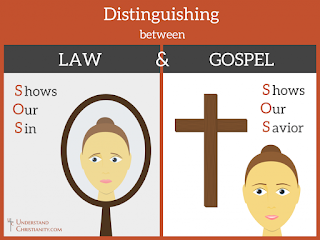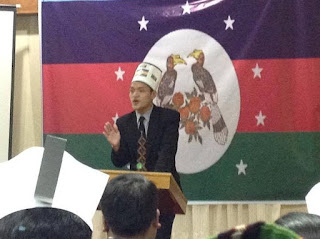A THEOLOGY OF SUFFERING AND STRUGGLE FOR JUSTICE IN THE CHIN (MYANMAR) CONTEXT

INTRODUCTION This research is a study of Gustavo Gutierrez’ theology of suffering and struggle for justice and its relevance to theological reflection in the Chin context . The people of Myanmar have been on a state of suffering for ages. Suffering has become a permanent fixture of national life. In the words of Thawng Khuo Tuong, “There is no justice and peace in the country, peace is like a burning coal under the ash.” [1] Theosophies and theologies, both in their formal and popular form have reflected on this state of national suffering as caused by spirits, divinities, and supernatural forces reciprocating the people’s failure to behave properly; and that the only proper way to address the problem of suffering is to properly observe religious rituals ...




